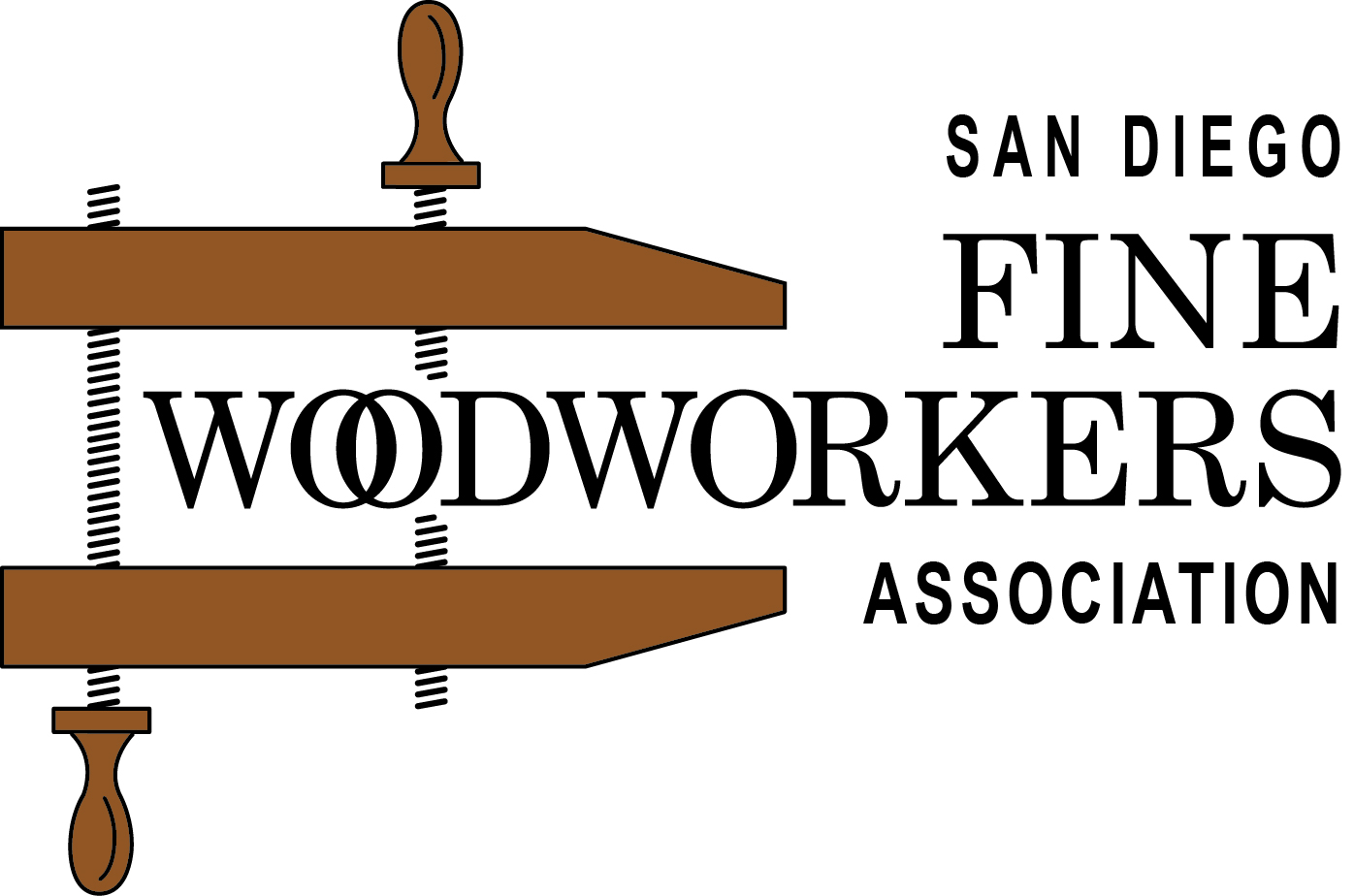I stopped using Fusion360 when AutoDesk started playing feature limitation games with the Educational and Free version. After all, they did the same and then worst with Eagle CAD.
So I started using FreeCAD( http://freecad.org ) and I didn’t find there was much of a relearning curve since I was already new to F360.
But, like F360 there are some bumps and warts to run into and work around. One is attaching sketches to faces, in FreeCAD you don’t want to do that because when you change a geometry related to the face, the internal structure changes and it can effect/lose the reference which the sketch was attached to. It’s known as the Topological Naming Problem( TNP ) and it’s on the list of things to resolve but it’s still there and the fix goes deeply into the code. The work-around is to create a Datum Plane on the surface and attach the sketch to the Datum Plane.
Another FreeCAD user missed this and has struggled with a complex part betting messed up after changing the design and the sketch attachments got lost or wonky and he’s had to rebuild two times and asked for help on why it was happening.
Surprisingly, a current FreeCAD user and former ProE/Creo designer wrote this which looks like a good list of basic geometry design rules:
I used to work professionally in ProE/Creo in a big international organization for many years. We had clear instructions on best practice for the structure and how to build the models.
- Always attach sketches to datum planes, never to surfaces.
- Never mirror or copy.
- In assembling use datum planes as references.
- Run “model check” before saving to the server.
- All dependencies locked to datum planes.
Despite all this it happened that the models crashed and you had to start all over. Especially when you did late changes.
